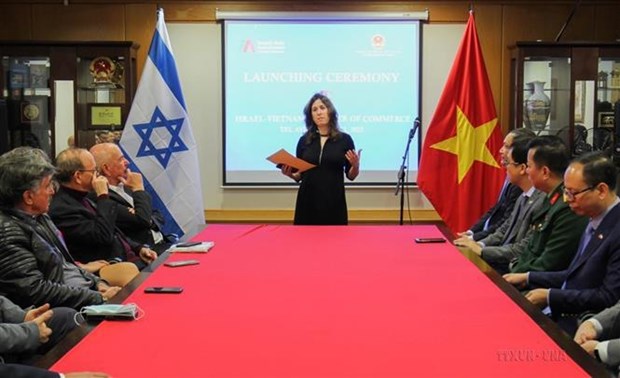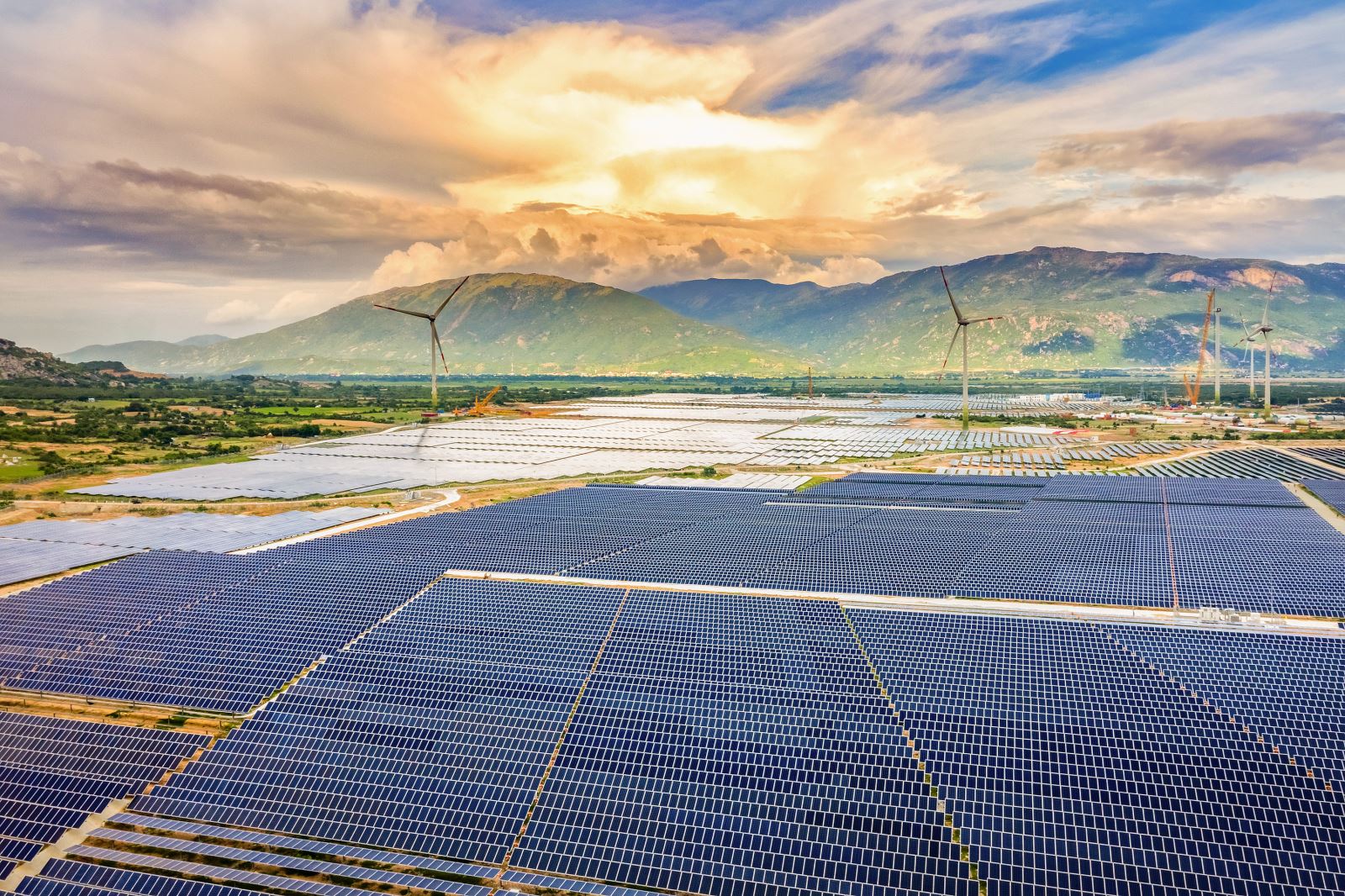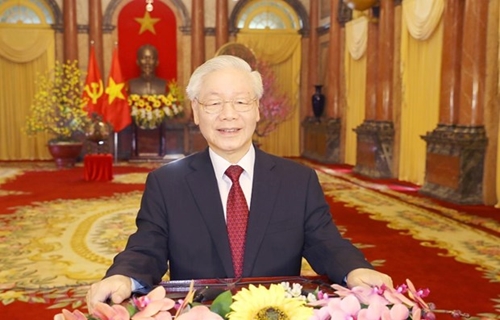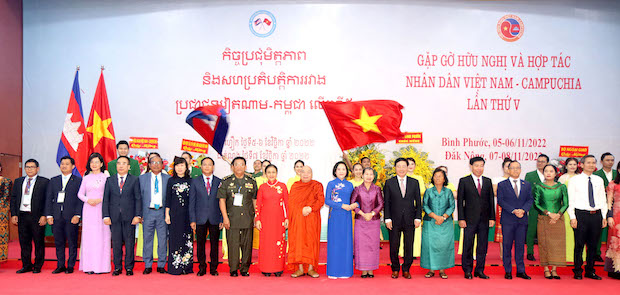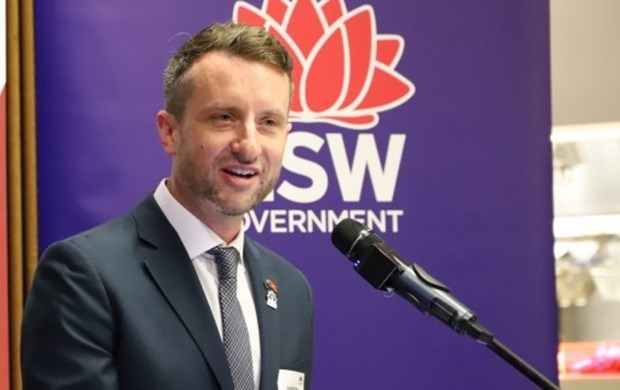Acknowledging this relationship, during a high-level phone talk between Party General Secretary Nguyen Phu Trong and US President Joe Biden on March 29, the two leaders highly appreciated the positive and comprehensive development of the relationship between the two countries over the past time. They agreed to promote, develop and deepen the bilateral relationship for the sake of the two nations, and for peace, cooperation, and development in the region and the world.
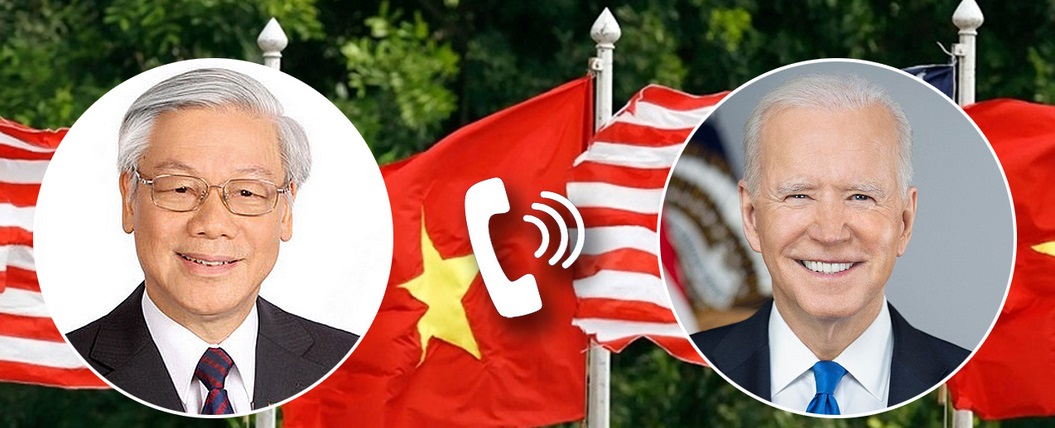
Party General Secretary Nguyen Phu Trong holds high-level phone talks with US President Joe Biden on March 29, 2023. (Photo: nhandan.vn)
Overcoming many challenges, Vietnam and the US normalized diplomatic relations in 1995. With Vietnam’s consistent policy of “putting aside the past, overcoming differences, promoting similarities, and looking towards the future”, the two countries started with building trust by addressing issues left by war, such as searching for American service members missing in Vietnam during the war (MIA), reuniting refugee families, and humanitarian programmes. Since then, Vietnam-US relations have expanded in many aspects including politics, economy, trade, investment, science, and education.
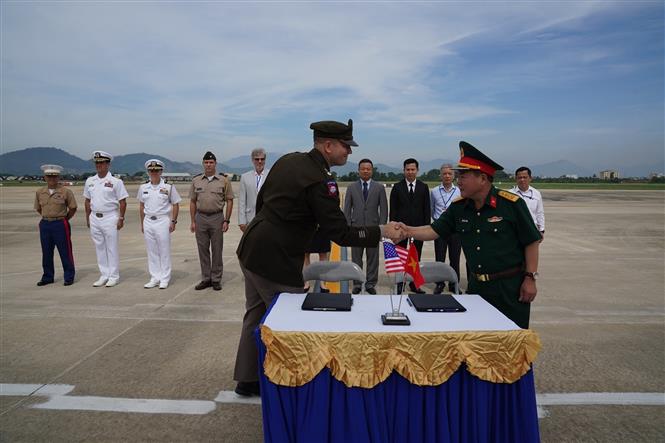
A ceremony to repatriate the remains thought to be associated with a US servicemember missing in action (MIA) from the war in Vietnam was held at Da Nang International Airport in the central city of the same name on June 27, 2023. (Photo: VNA)

US Ambassador to Vietnam Marc Knapper and former US Ambassador to Vietnam Ted Osius who is President of the US-ASEAN Business Council at a working session of the council. (Photo: VNA)
But it was only when the Vietnam-US comprehensive partnership was established with the identification of nine pillars of cooperation between the two sides that the Vietnam-US relationship was raised to a new height. Up to now, it can be said that the relationship has been developing extensively, effectively, and substantively on all three levels – bilateral, regional, and international. Assessing the results achieved in the 10 years since the two countries established their comprehensive partnership, former US Ambassador to Vietnam Ted Osius affirmed that it is a continuation but at a pace far beyond the progress achieved in previous years. US Ambassador to Vietnam Marc Knapper also openly expressed his expectation that the two countries will achieve many new achievements in 2023.

US President Bill Clinton and President Tran Duc Luong during his visit to Vietnam from November 16 to 19, 2000. (Photo: tuoitre.vn)

US President Barack Obama pays an official visit to Vietnam from May 23-25, 2016. (Photos thanhnien.vn)

Vietnamese leaders receive US President Donald Trump during his official visit to Vietnam on February 27, 2019. (Photo dantri.vn)
An important foundation for the development of this relationship is the two sides’ affirmation of basic principles such as respect for independence, sovereignty, territorial integrity, and win-win cooperation based on international law. This creates a basis for the two sides to strengthen political and diplomatic relations with regular visits at all levels between the two countries, thereby enhancing understanding and deepening relations. In particular, for the first time, the leader of the Communist Party of Vietnam, Party General Secretary Nguyen Phu Trong made a historic visit to the US in July 2015.
On that occasion, the two sides issued a vision statement on relations and emphasised principles of their relationship, especially respect for each other’s political institutions.
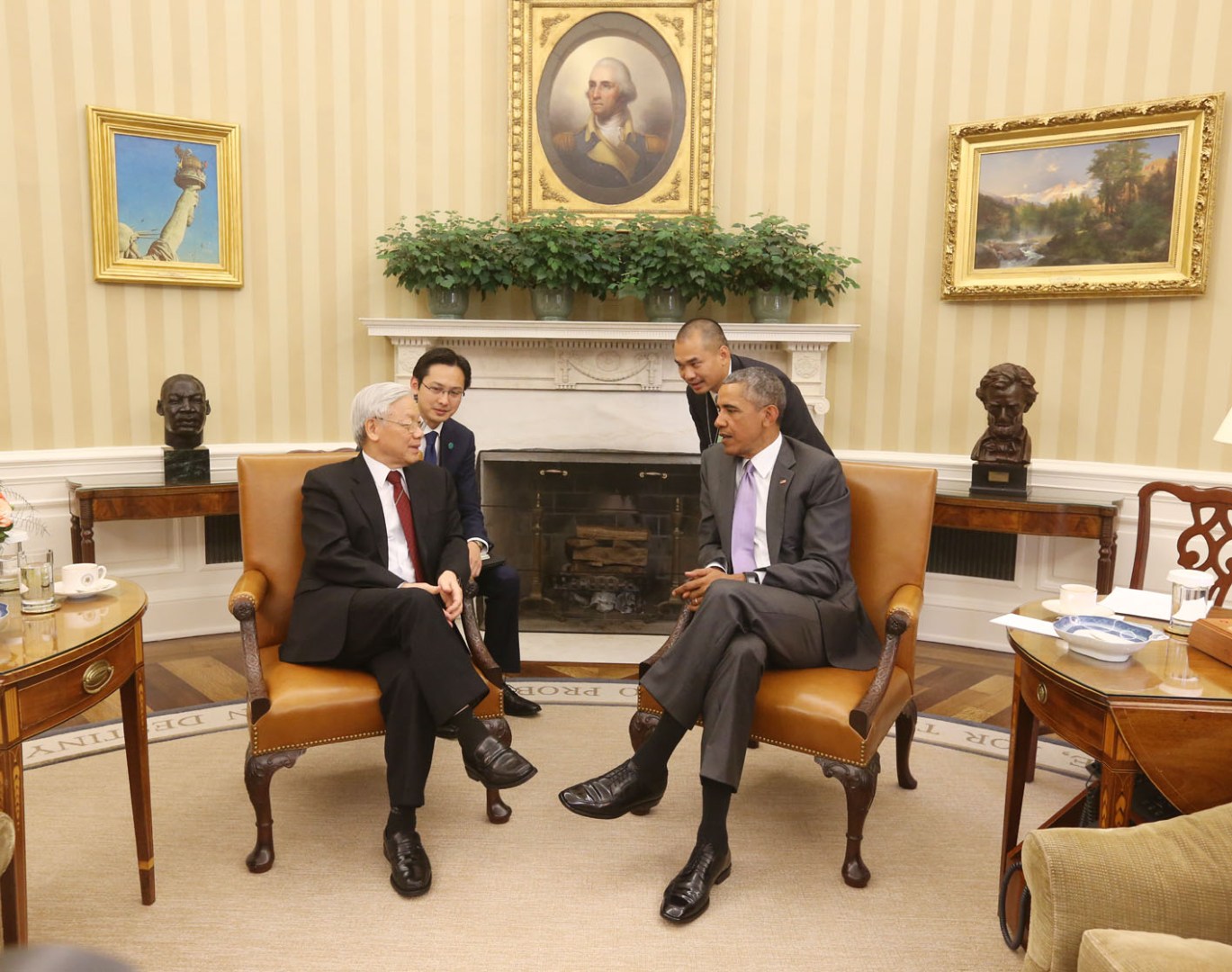
Party General Secretary Nguyen Phu Trong holds talks with US President Barack Obama in the Oval Office, White House during his visit to US from July 6-10, 2015. This is the first visit to the US by the top leader of the Communist Party of Vietnam since the end of the war. (Photo: VNA)
“No one can change the past but the future are our responsibility.
“The (US) President and I have just agreed that in the near future, we will lead the agencies and people of the two countries to continue to promote the comprehensive relations between the two countries in all areas, ranging from political, diplomatic cooperation, to economic, trade, investment, education and training, environment, public health, responding to climate change, to defense and security cooperation, as well as better collaboration at regional and international forums.“
Party General Secretary Nguyen Phu Trong speaks on July 7, 2015, in the Oval Office, White House, US
Based on increasingly open political relations, the two countries’ economic cooperation, trade, and investment exchanges have developed strongly. Since the normalisation of relations, bilateral trade turnover has increased more than 240 times, from half a billion USD in 1995 to more than 120 billion USD in 2022.
The US has become the first export market of Vietnam to surpass the 100 billion USD mark, while Vietnam is now the 8th largest trading partner of the US, an important link in the supply chains of goods that play a vital role in the US economy from semiconductors for mobile phones/automobile production to solar panels that promote clean energy revolution and the fight against climate change. The US’s direct investment in Vietnam reached 11.4 billion USD, ranking 11th among countries investing in Vietnam.
Besides cooperation in economy, trade, and investment, the two countries’ collaboration in other fields such as COVID-19 prevention and control, post-pandemic recovery, science and technology, education, and environment also see positive progress. The US continues to work closely with Vietnam in addressing war consequences, improving maritime law enforcement capabilities, and participating in UN peacekeeping operations. The two sides also cooperated more and more effectively at multilateral forums such as ASEAN, the United Nations, and the Mekong Sub-region, in addressing regional and international issues of mutual concern such as sustainable development and climate change adaptation.

Vietnam and the US support and donate medical supplies and equipment to prevent and control the COVID-19 pandemic. (Photo: VNA)

Vietnamese students perform in the US. (Photo: VNA)
These positive results are consistent with the aspirations of the two peoples and in line with the goal of promoting peace, stability, cooperation, and development in the region and the world.
There is great room for this relationship to develop, however, especially in the field of economy and trade. Over the past decade, their bilateral trade growth has been consistently between 17% and 19% annually, showing that the two economies effectively interact and complement each other.
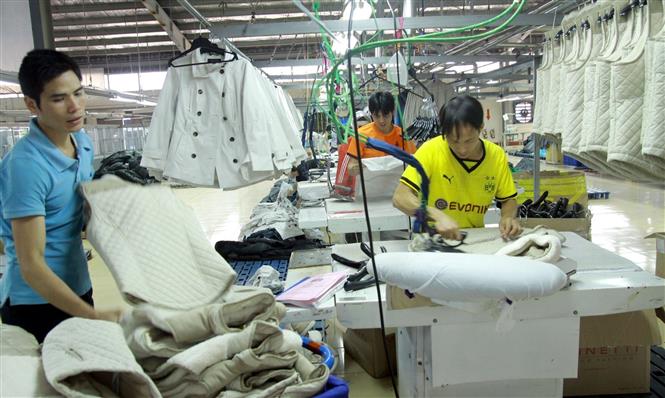
Over the past decade, their bilateral trade growth has been consistently between 17% and 19% annually, showing that the two economies effectively interact and complement each other. (Photo: VNA)
Currently, the world has three major economic centres – Asia with pillars including China, Japan, and India; Europe with the European Union (EU), and North America with the US as the most powerful economy. Vietnam has signed a Free Trade Agreement and an Investment Protection Agreement with the EU. With Asian partners, Vietnam has joined the Comprehensive and Progressive Agreement for Trans-Pacific Partnership (CPTPP) and the Regional Comprehensive Economic Partnership (RCEP). It is essential to have a similar economic framework with the North American hub.

The Pacific Brass Band of the United States Air Force thrills audiences in Hanoi when it performs the folk song Trong com (Drumbeat) at the Sword Lake Pedestrian Zone on June 30. (Photo: hanoimoi.com.vn)
With an increasingly expanding vision, the foundation and positive results of the 10-year Vietnam-US comprehensive partnership will allow the two sides to further promote cooperation, serve their national interests, and contribute to peace, cooperation, and development in the region and the world./.
Q.Hoa t.h / VNA

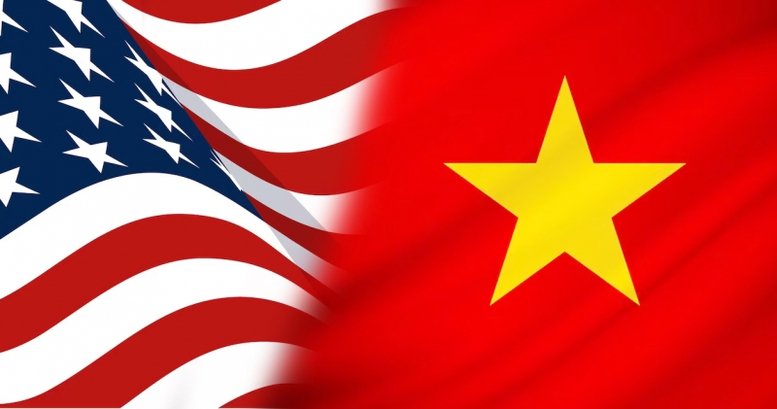
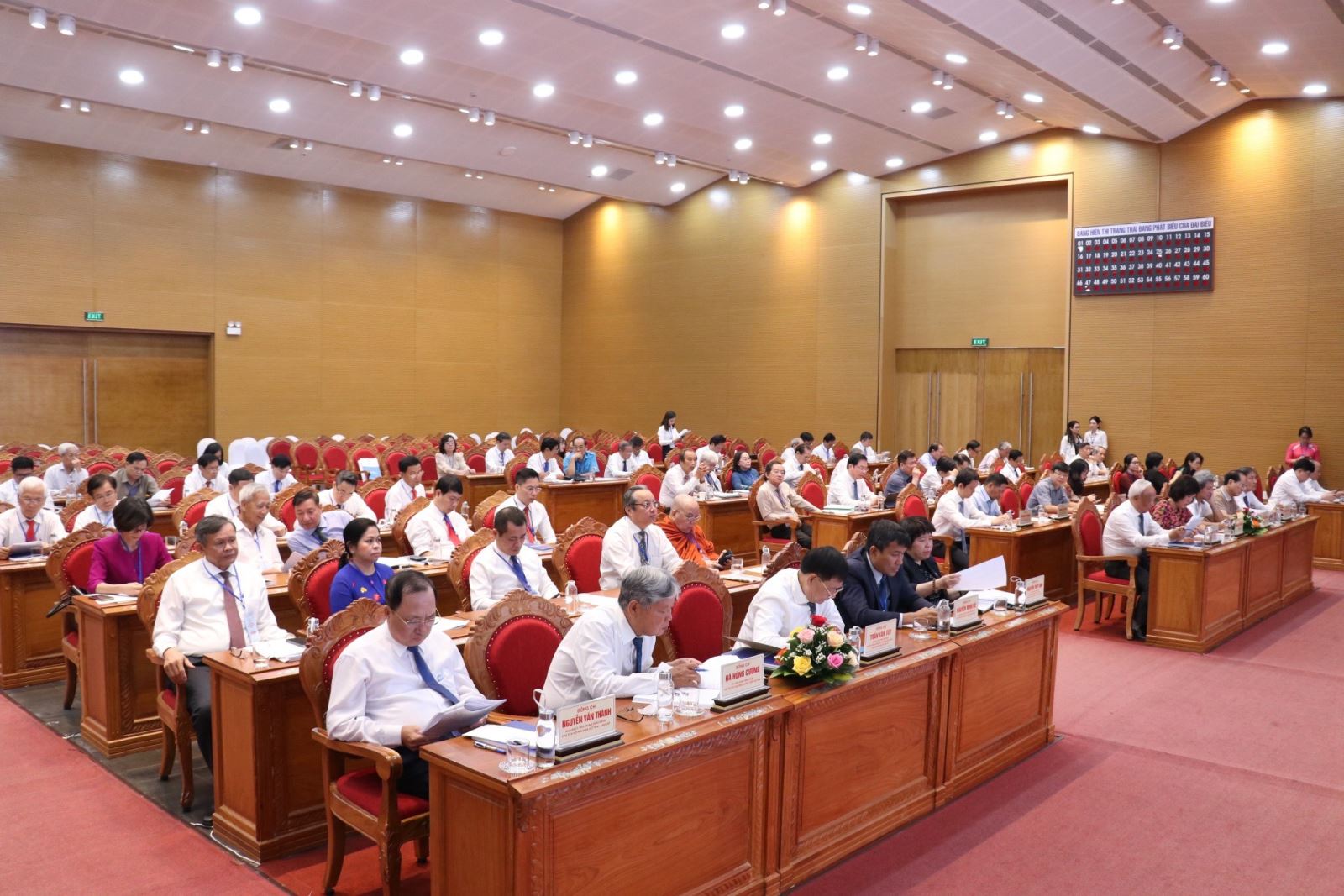
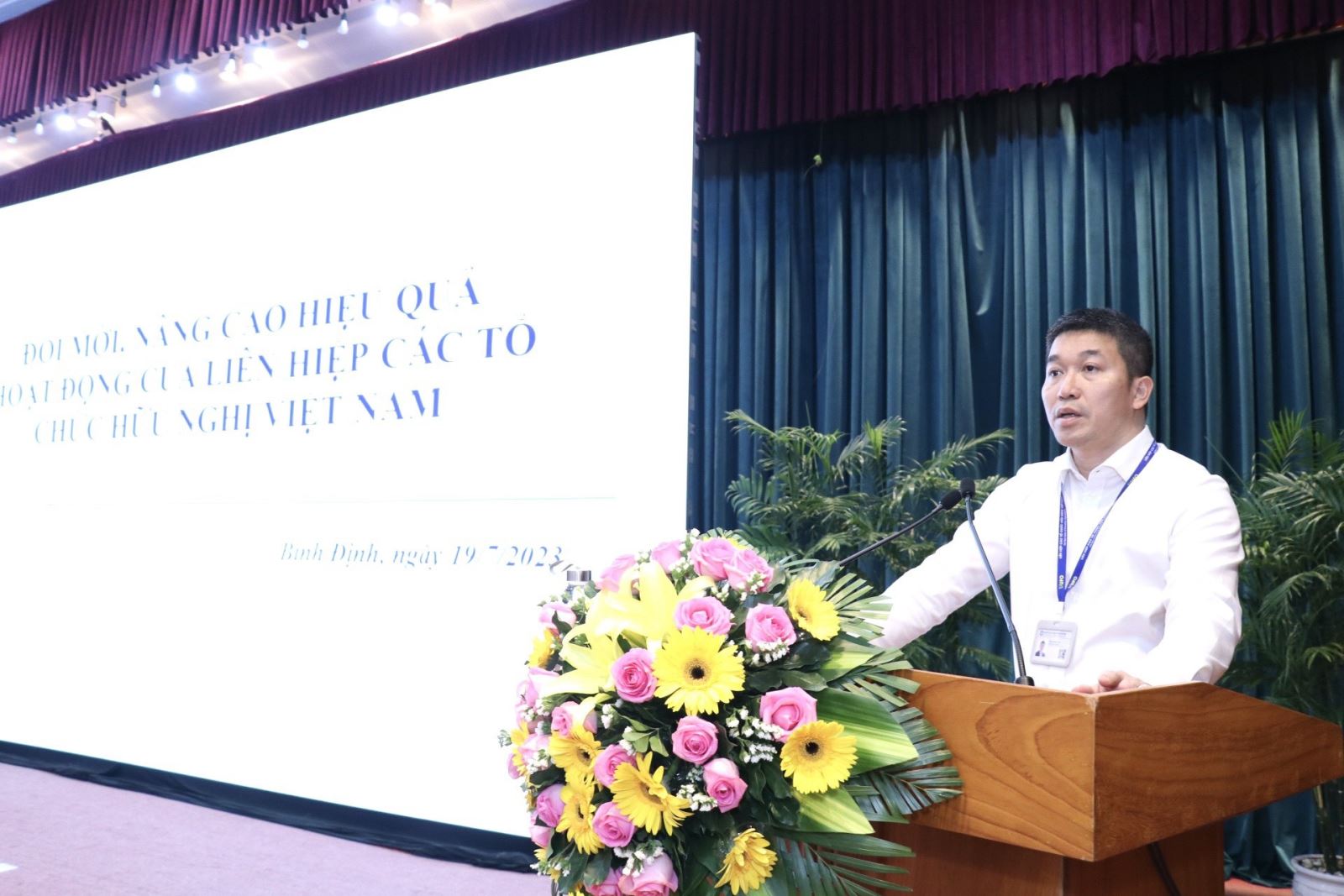
.jpg)
.jpg)
